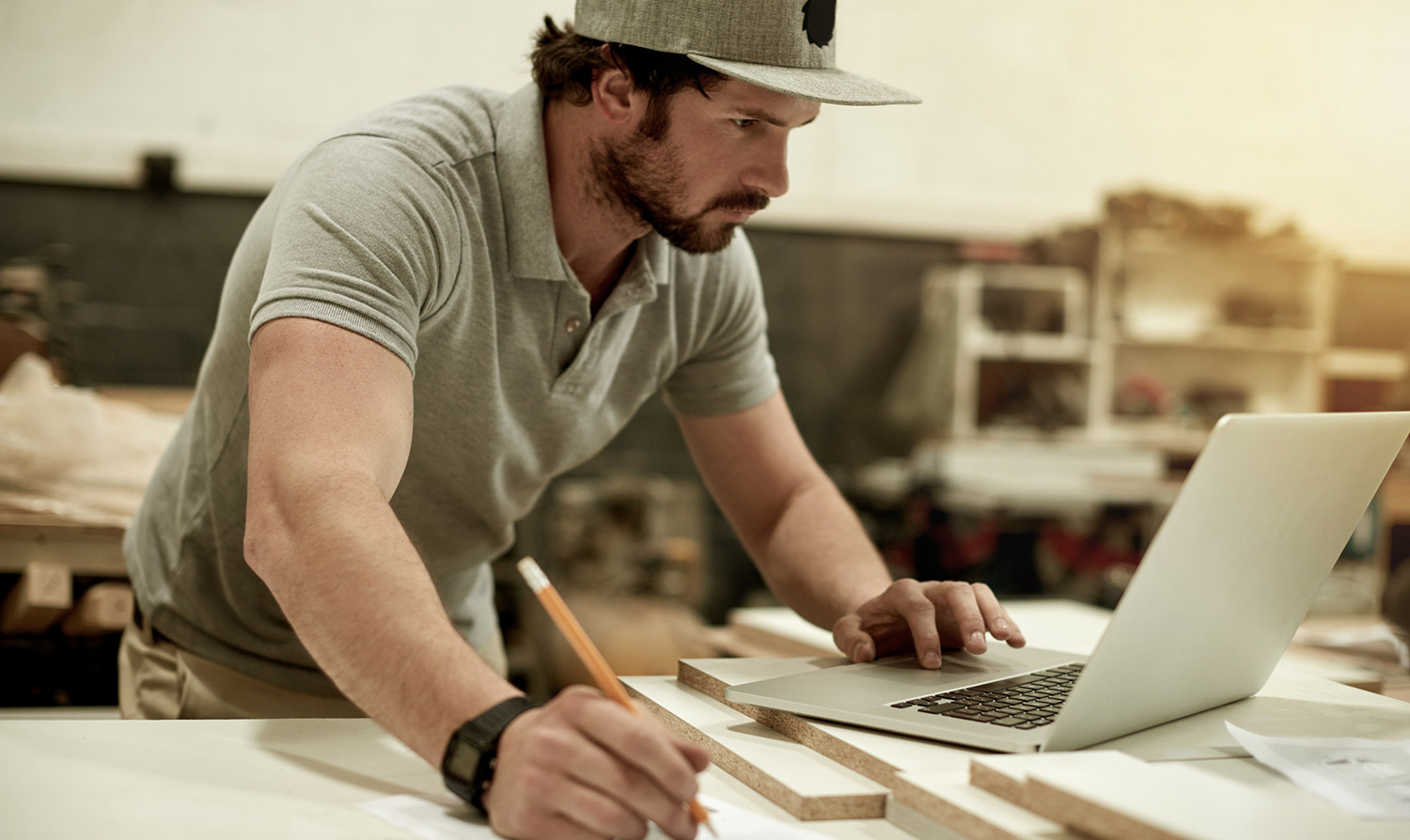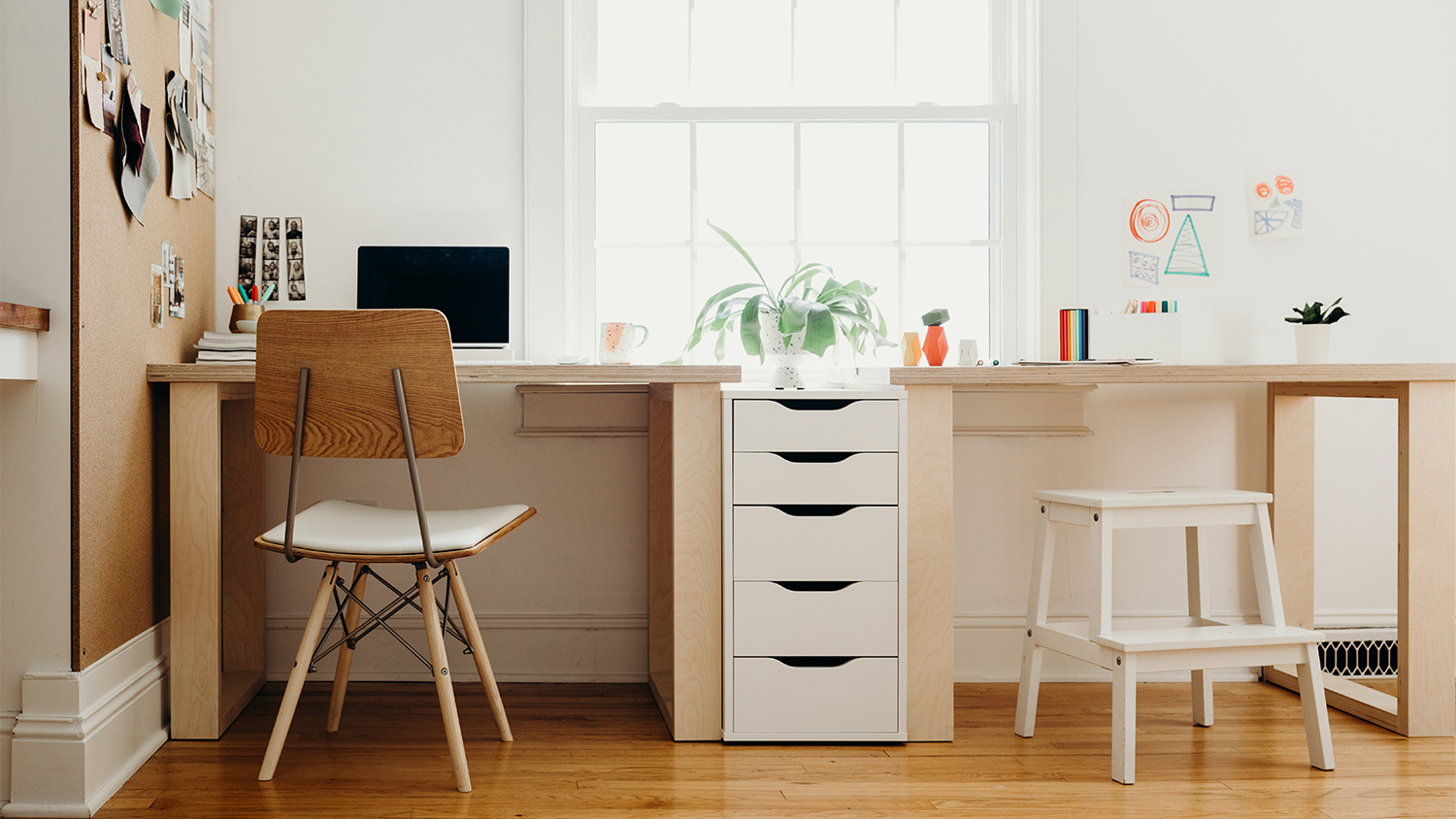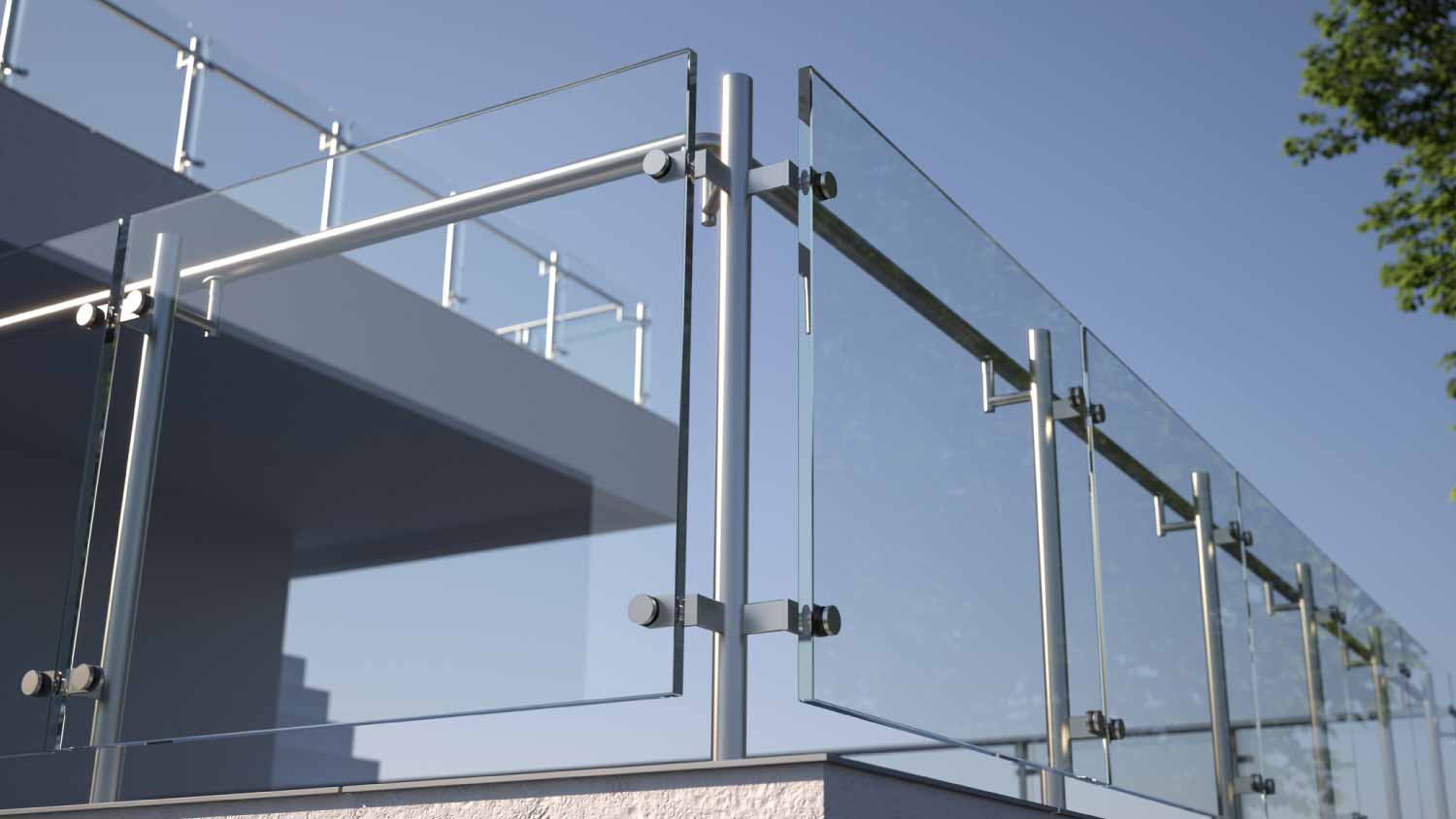
Installing trim can give your home a finished, polished appearance. Learn how much it costs to install trim and what factors affect how much you’ll pay.
The average hourly rate for a carpenter is $50, with most homeowners paying between $40 to $100 per hour, depending on skill level, project type, and location.


Carpentry work covers everything from framing walls to crafting custom cabinets and installing trim.
The main cost factors include the carpenter’s experience, project complexity, location, and choice of materials.
Investing in professional carpentry can boost your home’s value and longevity, especially for structural or custom projects.
Hiring a skilled carpenter ensures precise, safe, and code-compliant results—saving you time and future repair costs.
For the best value, clarify project details, compare local rates, and ask if prep or disposal fees are extra.
This article was created using automation technology and thoroughly fact-checked and edited by an Angi Editor in accordance with our AI policy.
How much carpenters charge per hour is a key question for homeowners planning repairs or renovations. The average hourly rate for a carpenter is $50, with most projects ranging from $40 to $100 per hour. Rates depend on skill level, project type, and location.
Whether you need custom cabinets, framing, or repairs, understanding hourly carpenter rates helps you budget and compare quotes confidently.
Understanding what goes into a carpenter’s hourly rate helps you plan ahead and avoid surprise costs. Several factors—from the type of carpenter to project size and materials—directly impact your final bill.
Carpenter hourly rates vary based on experience and area of expertise. An apprentice, just starting out, charges less than a master carpenter with decades of skill. Specialty carpenters, like journeymen or finish carpenters, often have higher rates due to their precision and training.
| Carpenter Type | Hourly Rate | Description of Work |
|---|---|---|
| Apprentice | $35–$50 | Basic tasks, learning under supervision |
| Journeyman | $50–$80 | Standard carpentry, repairs, framing, trim |
| Master Carpenter | $80–$120 | Complex custom work, advanced projects |
| Finish Carpenter | $60–$110 | Detailed trim, cabinetry, decorative work |
| Rough Carpenter | $40–$90 | Framing, structural work, large-scale construction |
| Cabinetmaker | $70–$120 | Custom cabinetry, built-ins, fine woodworking |
Specialty work, like custom built-ins or intricate trim, often calls for higher rates and more experienced carpenters.
The size and complexity of your project have a big impact on the total hours and labor cost. Larger projects or those that require custom work take more time and may need a higher-skilled carpenter. Many carpenters set minimum hour requirements or a project minimum fee to cover setup and travel.
| Project Size/Scope | Estimated Hours | Total Labor Cost Range |
|---|---|---|
| Small repair (e.g., trim) | 1–3 | $40–$360 |
| Medium (e.g., door install) | 3–6 | $120–$720 |
| Large (e.g., framing room) | 10–40 | $400–$4,800 |
| Custom built-ins | 15–50 | $600–$6,000 |
A complex or custom project, like a built-in bookcase, will require more hours and may command a higher hourly rate.
Your material choices affect both the look and the final cost. High-end hardwoods cost more than softwoods or composites, and specialty woods can push prices up even further. Carpenters may supply materials (often with a markup), or you can purchase them directly to save money.
| Material Type | Cost Range (Per Board Ft.) | Impact on Project Cost |
|---|---|---|
| Softwood | $3–$8 | Lower material cost, standard labor rate |
| Hardwood | $8–$20 | Higher material cost, may require higher skill |
| Composite | $5–$12 | Moderate cost, sometimes easier to install |
| Specialty Wood | $20–$50 | Highest cost, often custom work |
Choosing premium materials can increase both your material bill and the labor hours needed for careful handling and installation.
Project prep, such as clearing the site, moving furniture, measuring, or demolition, can add hours to your bill. Some carpenters include basic prep in their hourly rate, while others bill separately for extensive prep work. More prep means more time—and a higher total labor cost.
Tipping carpenters is not expected, but it is appreciated for outstanding work or when a project exceeds expectations. If you choose to tip, $20 to $50 per day or 5% to 10% of the total labor cost is typical. Alternatively, a positive review or referral can go a long way toward showing your appreciation.
A few extra items can add to your final bill:
Demolition and post-construction cleanup, which may be billed separately
Permit fees, often required for major structural changes, ranging from $50 to $500 depending on your city
Foundation work or framing, which can increase both hours and the need for a high-skill carpenter
Coordination with other trades (like electricians or plumbers) for integrated projects
Decorative add-ons or specialty finishes, which may require a master carpenter and premium rates
Addressing structural issues, such as rot or termite damage, can add significant labor hours
Custom work or unique finishes almost always increase both the hourly rate and total cost.
Ongoing costs are important to consider if your carpentry project includes features that require regular care or future repairs.
Common maintenance tasks for carpentry include refinishing, resealing, and tightening joints. Professional maintenance is often billed at standard hourly rates, $40 to $100 per hour. Regular upkeep preserves your investment and extends the life of your woodwork, especially for exterior features exposed to the elements.
Some carpentry projects, like built-in cabinets or sliding doors, come with ongoing operating costs. These may include hardware replacement, lubrication of moving parts, or adjustments over time. Keeping built-in furniture in top shape may require periodic visits from a carpenter, billed by the hour or as a flat service fee.
Carpentry repairs include fixing squeaky floors, repairing damaged cabinets, or replacing trim. Repair work is billed at the same hourly rates as new projects, but emergency repairs or complex fixes can push rates higher. Expect to pay $40 to $120 per hour for repairs, depending on the urgency and skill required.
Hiring an insured carpenter protects you from liability in case of accidents or property damage. Carpenters carry liability insurance and, in many cases, worker’s compensation. For major projects, check if you need to update your own homeowner’s insurance to cover renovations or additions. Insurance is a small upfront cost that can prevent big headaches later.
Some carpentry projects are DIY-friendly, but more complex work is best left to the pros. DIY saves on labor costs but requires time, skill, and investment in tools.
DIYers need saws, drills, levels, measuring tools, and safety gear—upfront tool costs can range from $100 to $800 or more. Material costs are the same, but you avoid labor charges. DIY projects often take longer—what a pro completes in a day might take a weekend or more for a homeowner. Risks include mistakes, safety hazards, and the possibility of hiring a pro later to fix errors, which can end up costing more.
While DIY is appealing for small projects, hiring a local carpentry pro ensures quality, code compliance, and a finished product you can trust.
Popular carpentry add-ons can increase both the hourly rate and total project cost, especially if they require specialized skills or custom materials.
Custom shelving: $45 to $110 per hour or $150 to $1,200 total
Built-in cabinets: $60 to $120 per hour or $1,000 to $5,000 total
Decorative trim and crown molding: $50 to $110 per hour or $300 to $1,500 total
Wainscoting: $55 to $115 per hour or $700 to $2,500 total
Custom doors: $60 to $120 per hour or $500 to $2,000 total
Window seats and built-in desks: $65 to $120 per hour or $800 to $3,000 total
Closet organizers: $50 to $110 per hour or $500 to $2,500 total
These add-ons often require a finish carpenter or cabinetmaker, leading to higher hourly rates compared to standard framing or rough carpentry.
There are several ways to keep your carpentry project budget-friendly without sacrificing quality. Taking these steps can help you save money:
Obtain multiple quotes from local carpenters to compare pricing and services.
Choose wallet-friendly materials with proven durability for your carpentry project needs.
Bundle your carpentry project with other home improvements or projects to take advantage of package discounts.
Schedule regular maintenance to avoid costly repairs and extend the life of your project.
Home is the most important place on earth, which is why Angi has helped more than 150 million homeowners transform their houses into homes they adore. To help homeowners with their next project, Angi provides readers with the most accurate cost data and upholds strict editorial standards. We extensively research project costs to develop the pricing data you see, so you can make the best decisions for you and your home. We rely on reputable sources, including the U.S. Bureau of Labor Statistics, academic journals, market studies, and interviews with industry experts—all to ensure our prices reflect real-world projects.
Want to help us improve our cost data? Send us a recent project quote to [email protected]. Quotes and personal information will not be shared publicly.
From average costs to expert advice, get all the answers you need to get your job done.

Installing trim can give your home a finished, polished appearance. Learn how much it costs to install trim and what factors affect how much you’ll pay.

Get a clear estimate of the cost of a custom desk, including average prices, key cost factors, and tips to help you budget for your home office project.

Whether you need to heat your home for the winter or simply enjoy lighting a fire occasionally, it's helpful to know the cost of a cord of wood in your area.

Your installed glass railing cost hinges on several factors, including materials, size, and add-on prices. Learn about the factors that impact your total cost.

Baseboards see a lot of traffic and are susceptible to dents, dings, and water damage. Learn how to repair damaged baseboards to keep your trim looking good as new.

Crown molding sizes aren’t standardized. In fact, the right size for your space depends on the ceiling height, room size, and your home’s style.